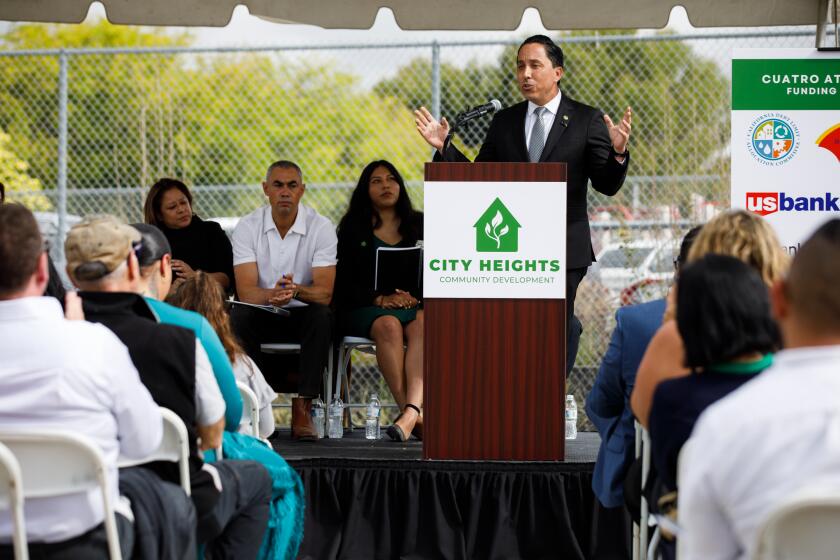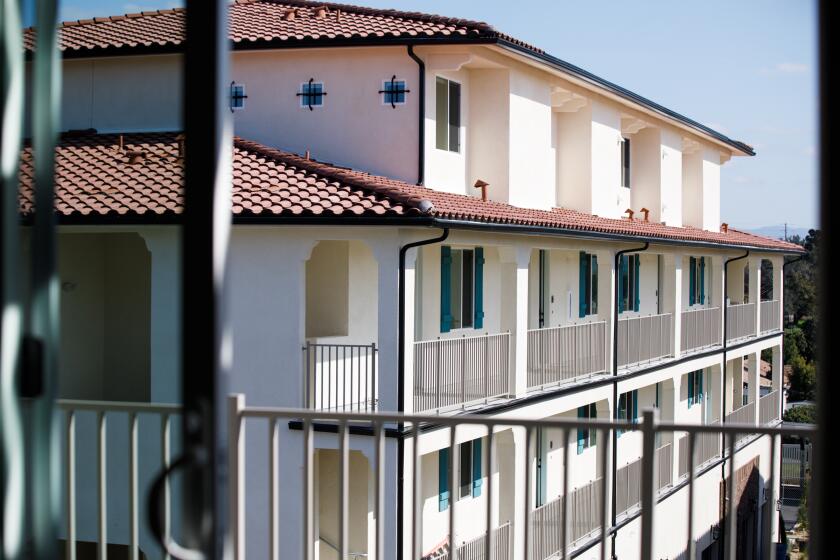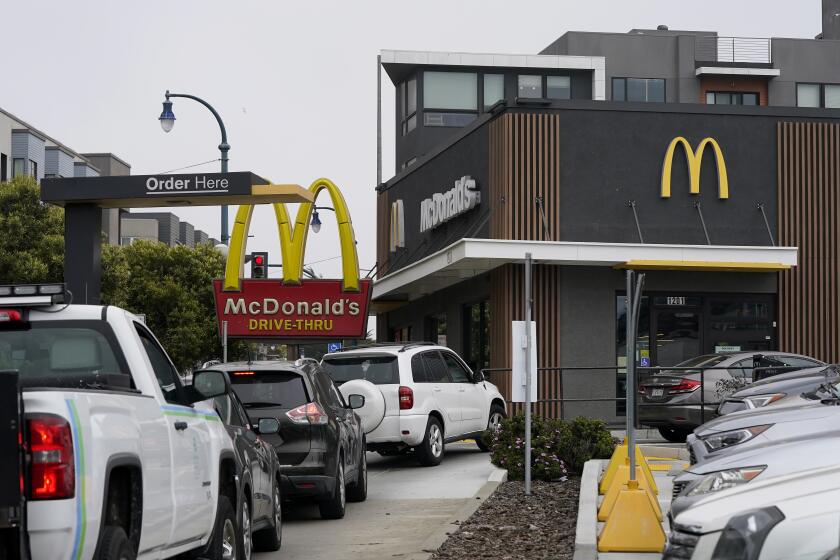‘Simply too few homes available’: San Diego home prices rising fastest in nation for 2nd month

The S&P Case-Shiller Indices said San Diego held the No. 1 spot in January with an 11.2 percent annual rise
San Diego recorded the biggest jump in home prices in the nation for a second month in a row.
The San Diego metropolitan area’s annual home price increased 11.2 percent annually in January, according to the S&P Case-Shiller Indices report released Tuesday, up from 8.8 percent the previous month. It marked San Diego’s largest increase since August 2022 and was noticeably higher than the other 19 metros in the index.
This story is for subscribers
We offer subscribers exclusive access to our best journalism.
Thank you for your support.
Other top markets were Los Angeles, up 8.6 percent in a year, and Detroit, up 8.2 percent. It was a strong month for markets across the nation with average prices up 6 percent, the fastest annual rate since 2022.
Lisa Sturtevant, chief economist at Bright MLS, said high home prices are keeping most buyers out of the market, but the limited number of homes for sale is keeping prices elevated.
“There are simply too few homes available for sale to meet demand,” she wrote.
In January, there were about 3,200 homes listed for sale in San Diego County, said the Redfin Data Center, up from a low point of 2,988 listings in mid-December. There were nearly 6,000 homes for sale in the summer of 2022 — the last time listings were around historical averages.
Sturtevant wrote that supply could increase in coming months with recent changes to real estate agent commissions, which may lower how much sellers have to shell out. However, she didn’t think potential buyers would see much of a price difference.
“We are unlikely to see any significant price drops in most markets because demand remains strong,” she wrote. “A sharp economic downturn or spike in mortgage rates — neither of which are likely — are the only factors that could dramatically reduce the number of home buyers in the market.”
In the last week of January, the average interest rate for a 30-year, fixed-rate mortgage was 6.69 percent, said Freddie Mac. It was 6.87 percent at the end of last week.
The Case-Shiller Indices track repeat sales of identical single-family houses — and are seasonally adjusted — as they turn over through the years. The median resale single-family home price in the San Diego metro, which includes all of San Diego County, was $956,000 in January.
Despite San Diego metro’s new national status as top of the index, it is happening with very little real estate activity. There were 1,678 home sales in January, tied for the lowest-ever sales month in records going back to 1988.
Most markets are in a similar position to San Diego, experts say, because potential sellers still don’t see much upside in trading up for a home with a higher interest rate. A recent Redfin study said that as of December, San Diego County homeowners were staying in properties an average of 15 years — twice as long as they used to in 2005.
Monthly data shows some areas are hitting price peaks for many buyers, with 17 markets dropping prices. Brian Luke, head of commodities, real and digital assets at S&P Dow Jones Indices, said only a few markets — like San Diego — are bucking the trend of a slowdown to start the year.
“Only Southern California and Washington D.C. have stood up the rising wave of interest rates and delivered positive returns to start the year,” he wrote.
Metros lagging behind much of the nation in annual returns include Portland, up 0.9 percent, and Denver, up 2.7 percent.
* * *
Annual price growth by metropolitan area
S&P/Case-Shiller Home Price Index, January 2024
San Diego: 11.2 percent
Los Angeles: 8.6 percent
Detroit: 8.2 percent
Charlotte: 8.1 percent
Chicago: 8 percent
New York: 7.6 percent
Miami: 7.5 percent
Boston: 7 percent
Cleveland: 6.9 percent
Atlanta: 6.4 percent
Washington, D.C.: 6.3 percent
Las Vegas: 5.6 percent
Phoenix: 4.6 percent
Tampa: 4.6 percent
San Francisco: 4.5 percent
Seattle: 4.4 percent
Minneapolis: 3.1 percent
Dallas: 2.9 percent
Denver: 2.7 percent
Portland: 0.9 percent
Get U-T Business in your inbox on Mondays
Get ready for your week with the week’s top business stories from San Diego and California, in your inbox Monday mornings.
You may occasionally receive promotional content from the San Diego Union-Tribune.












